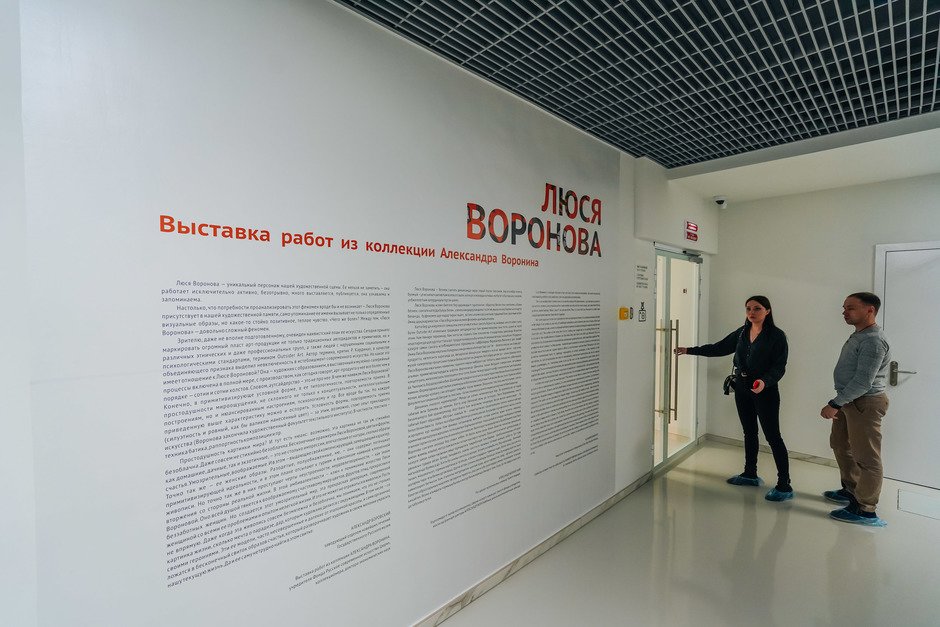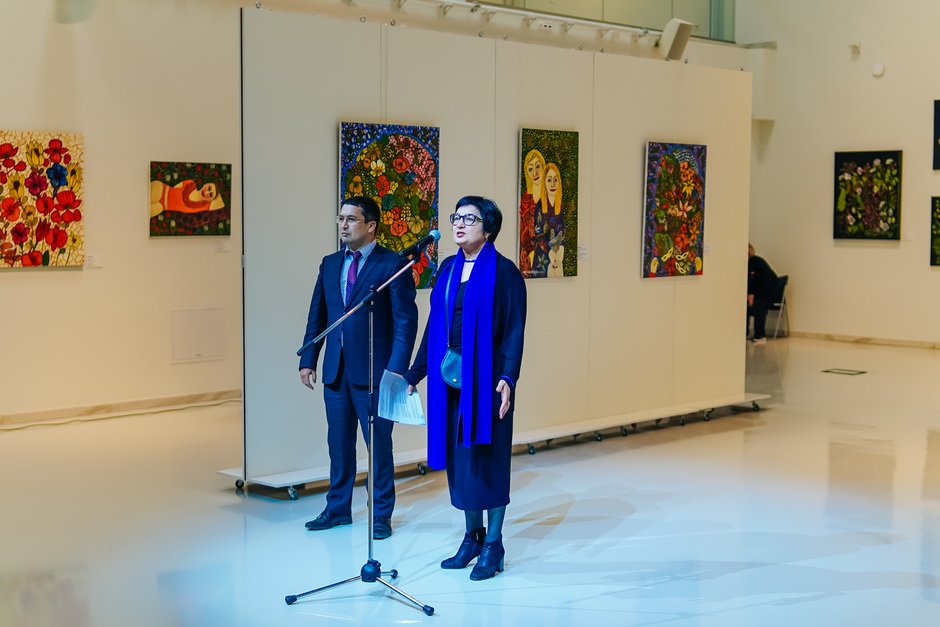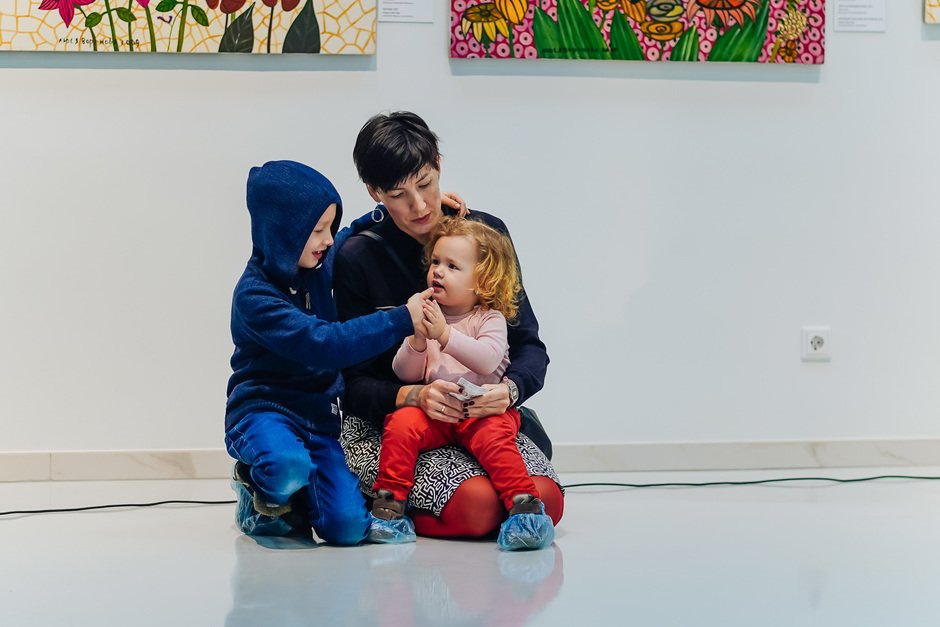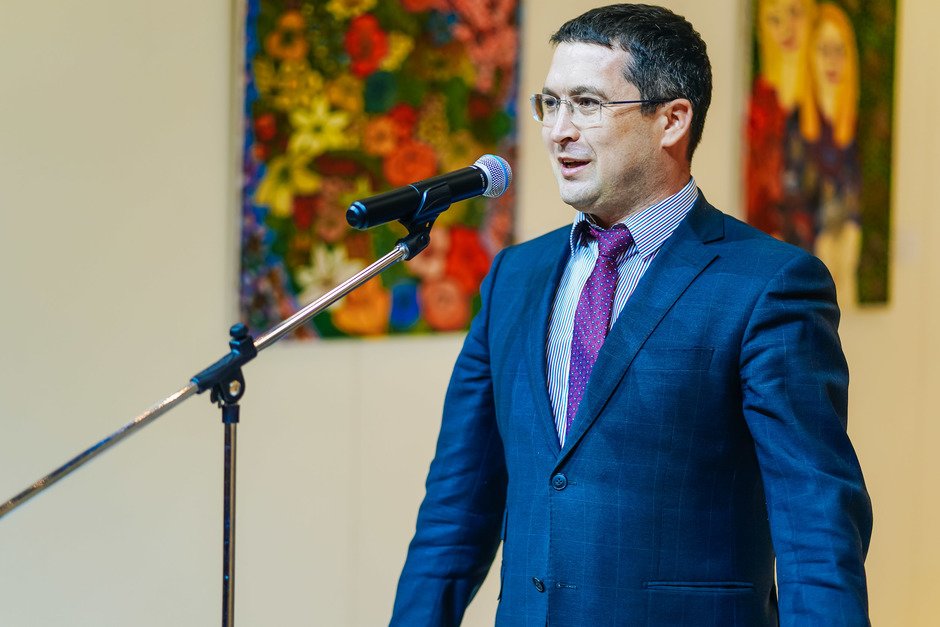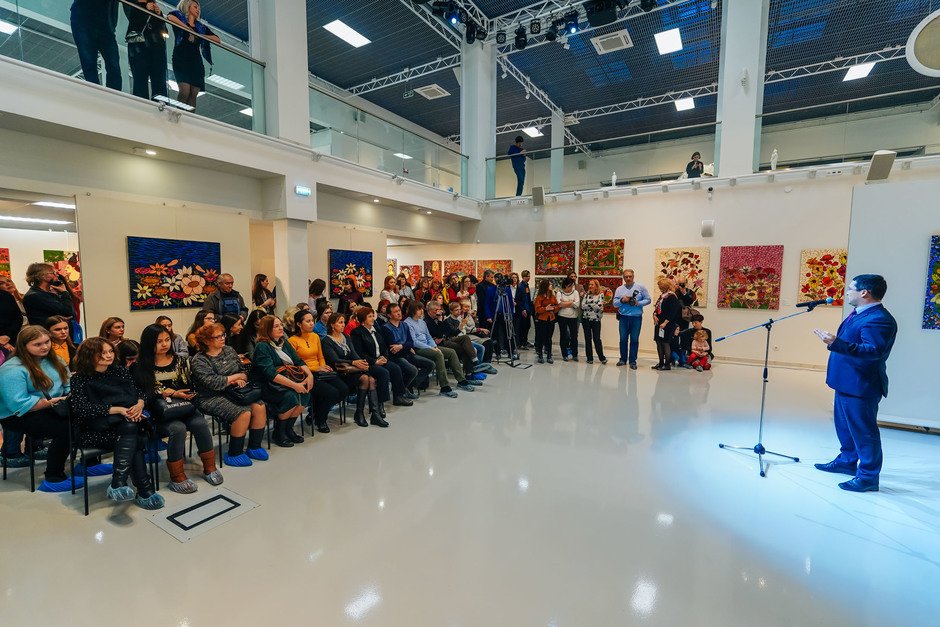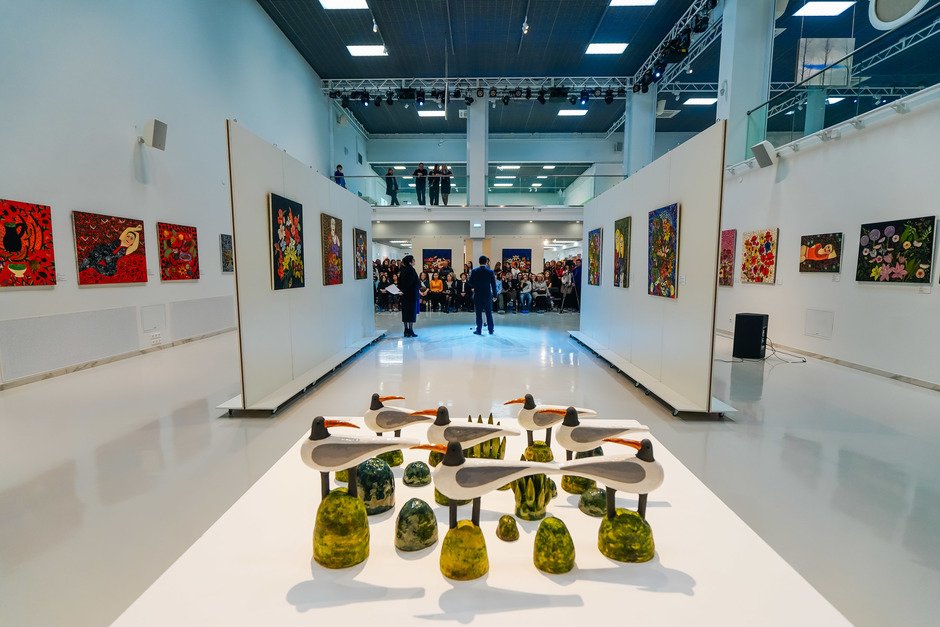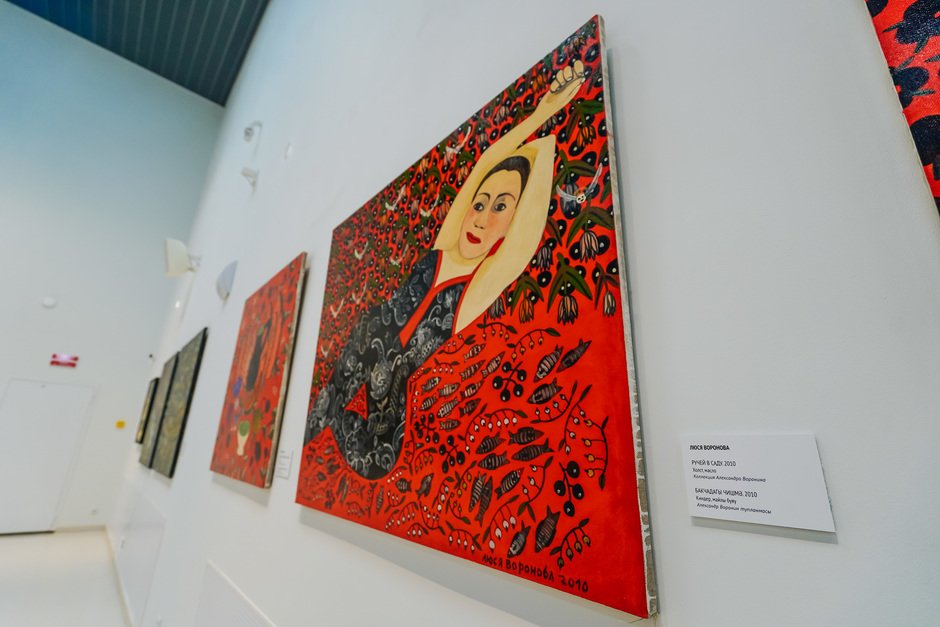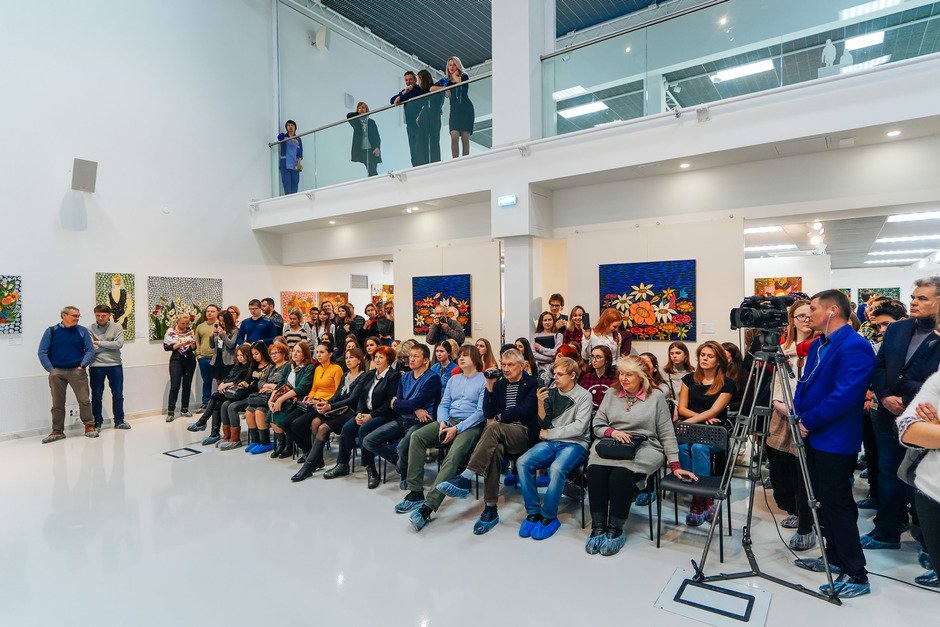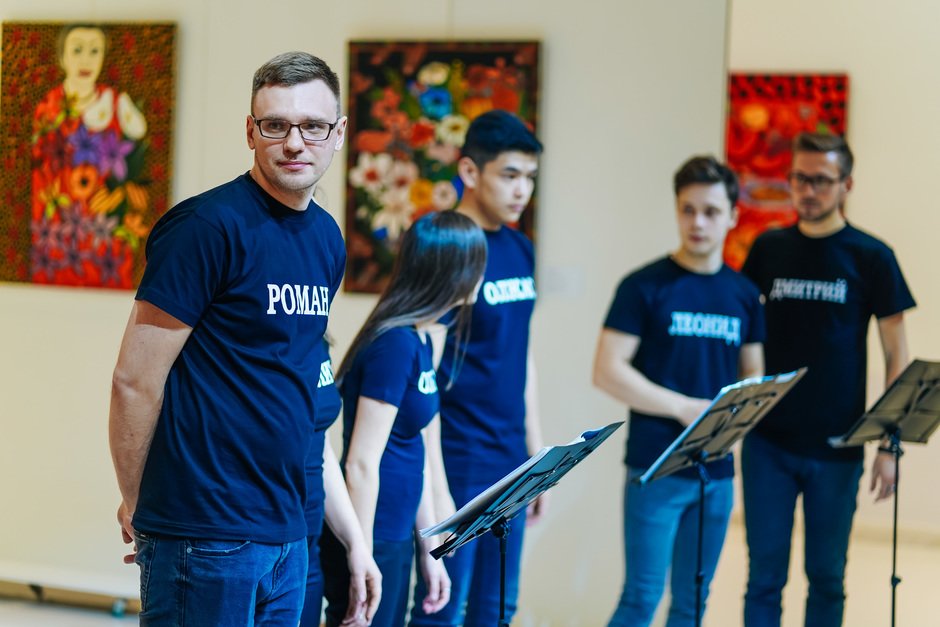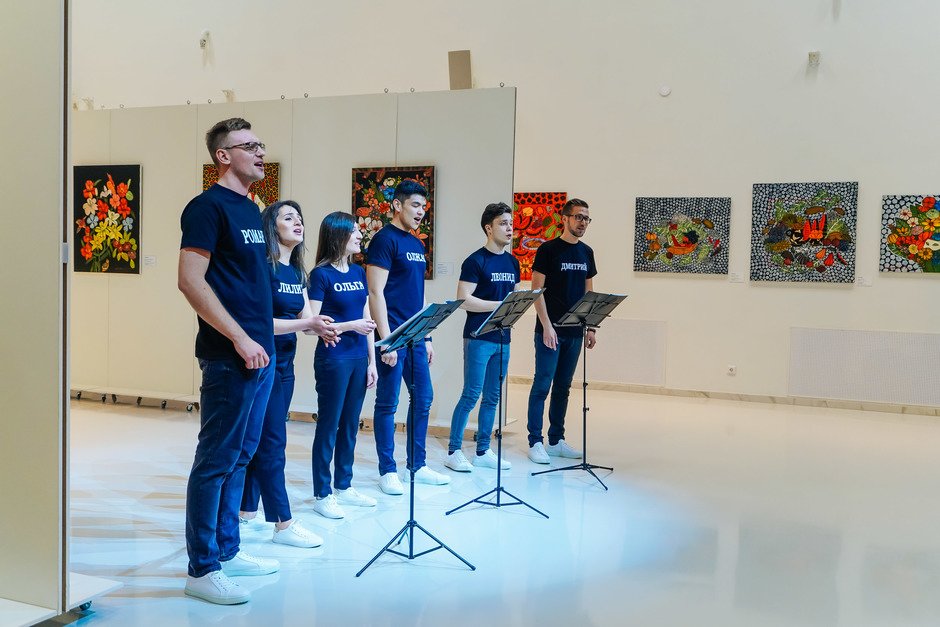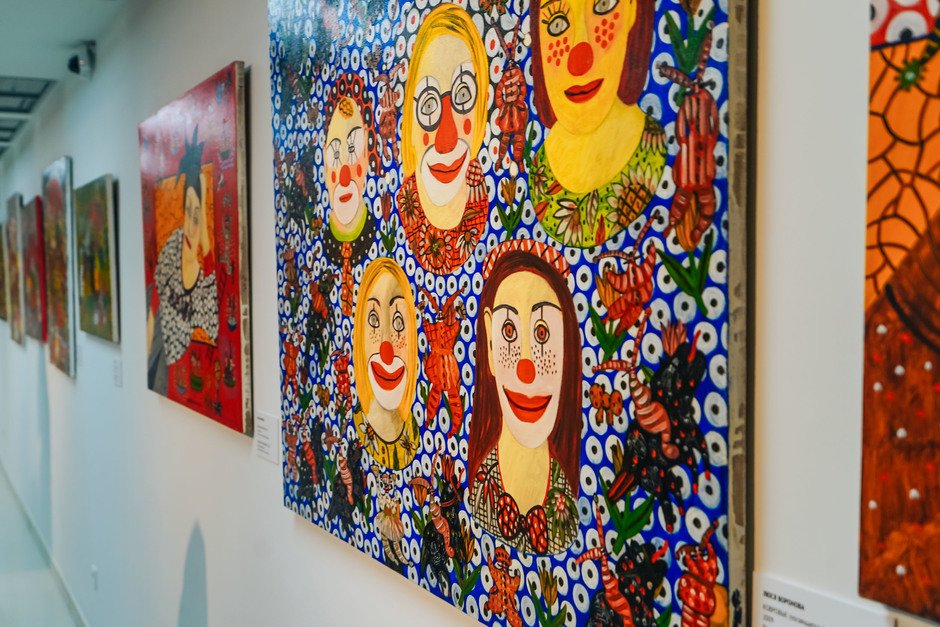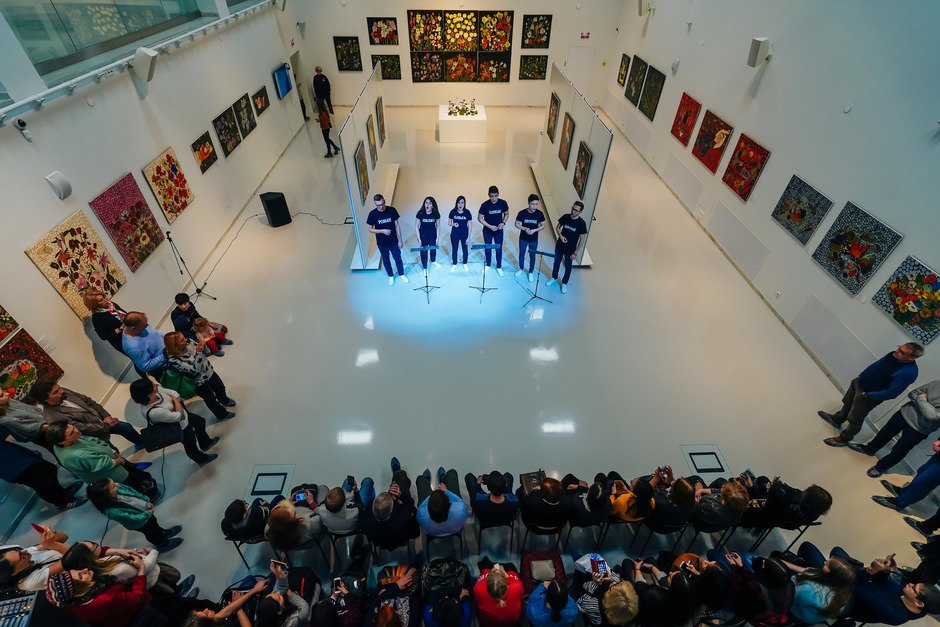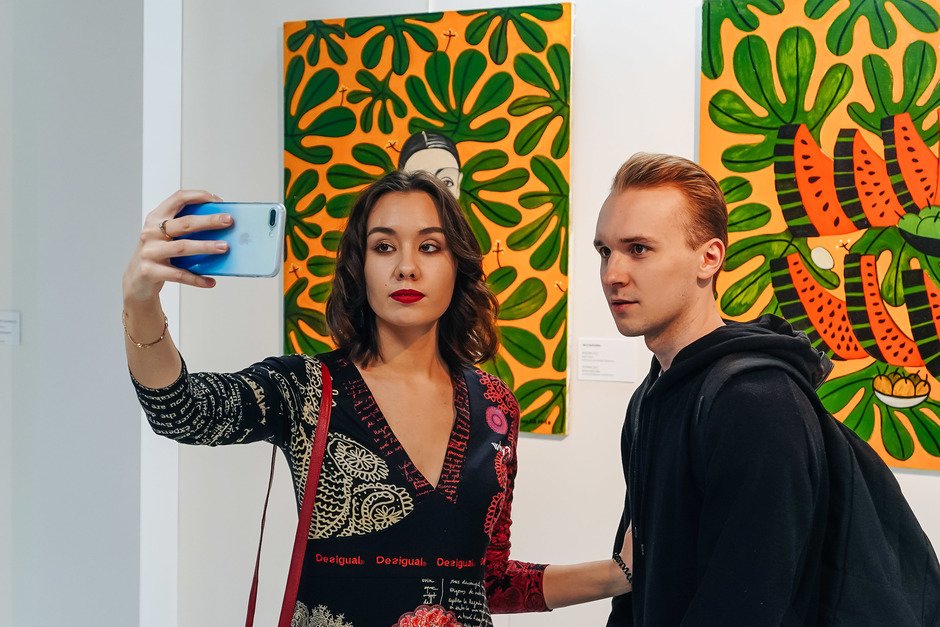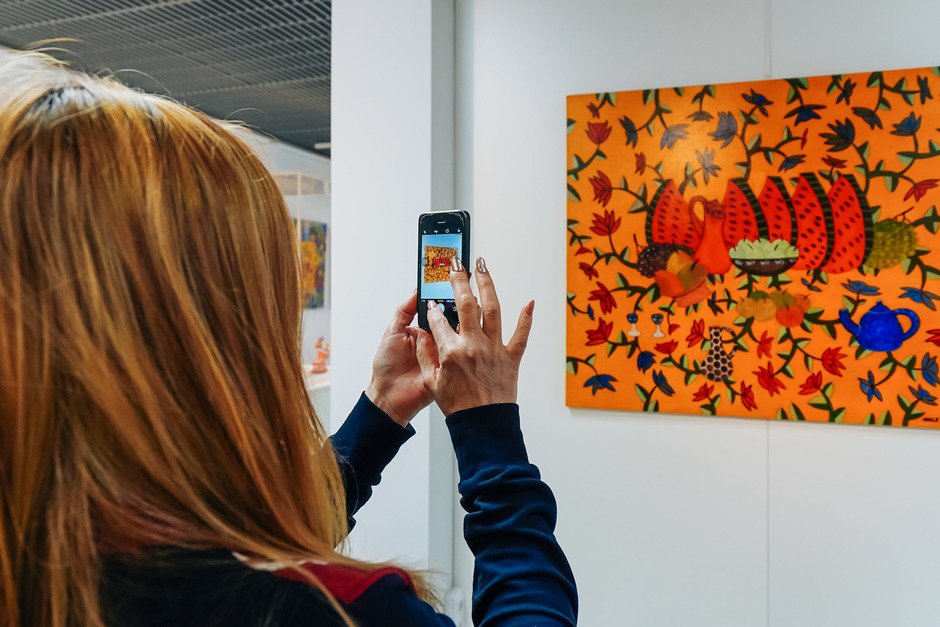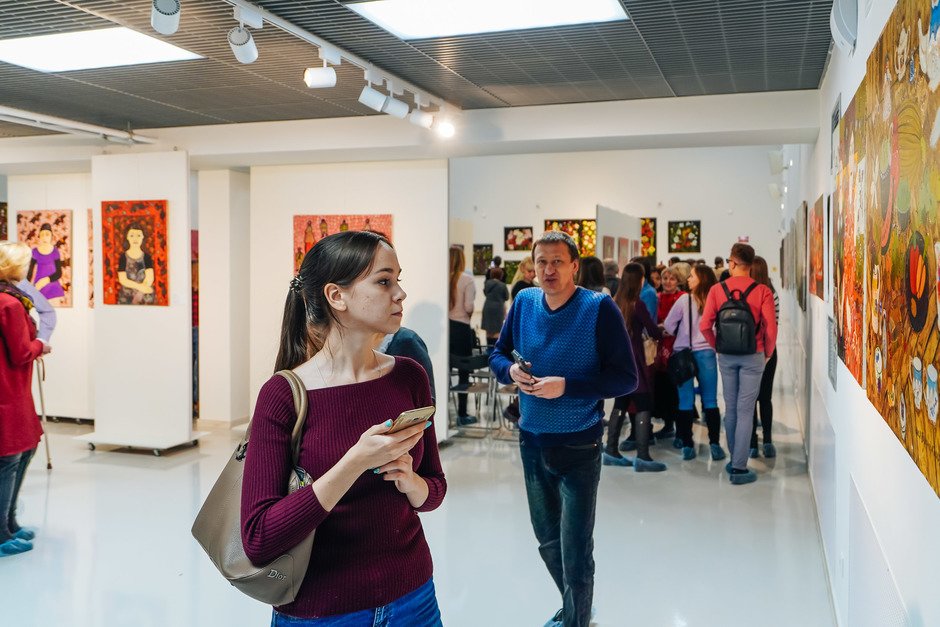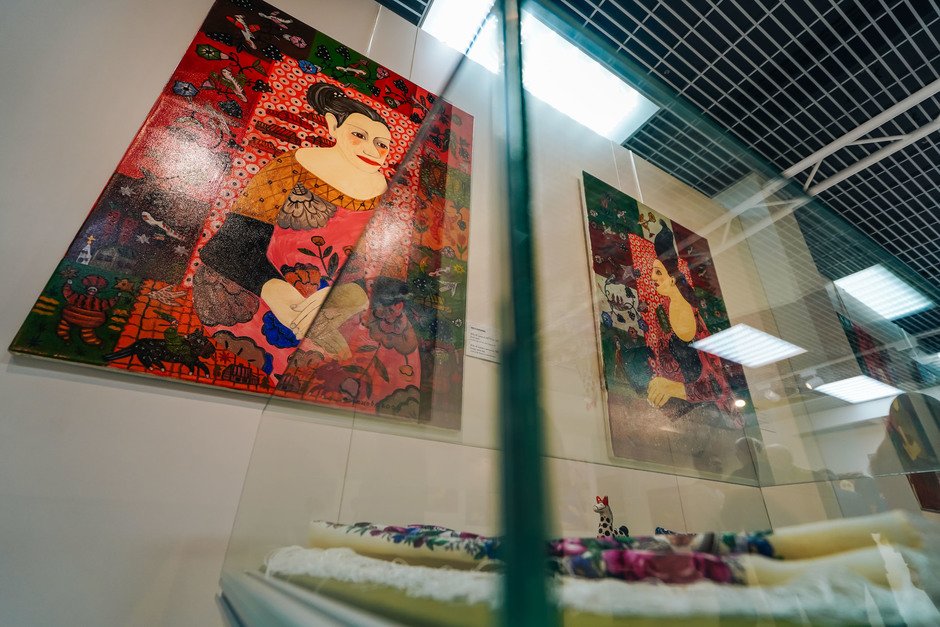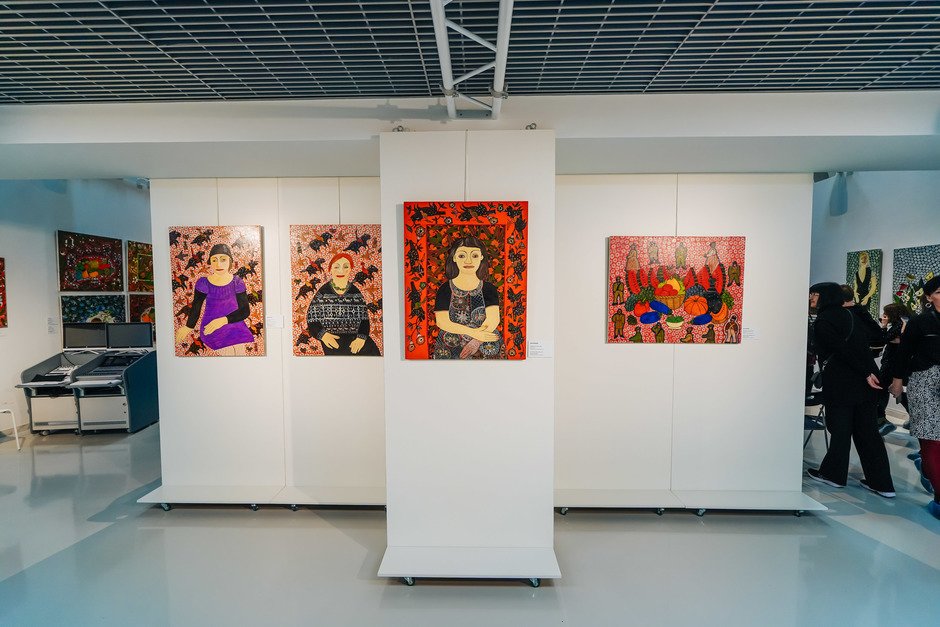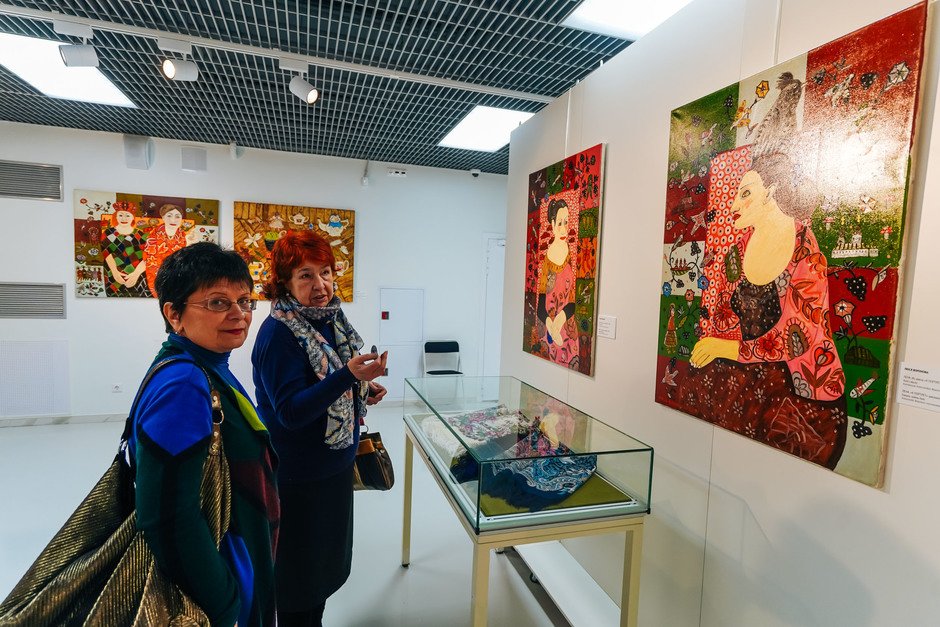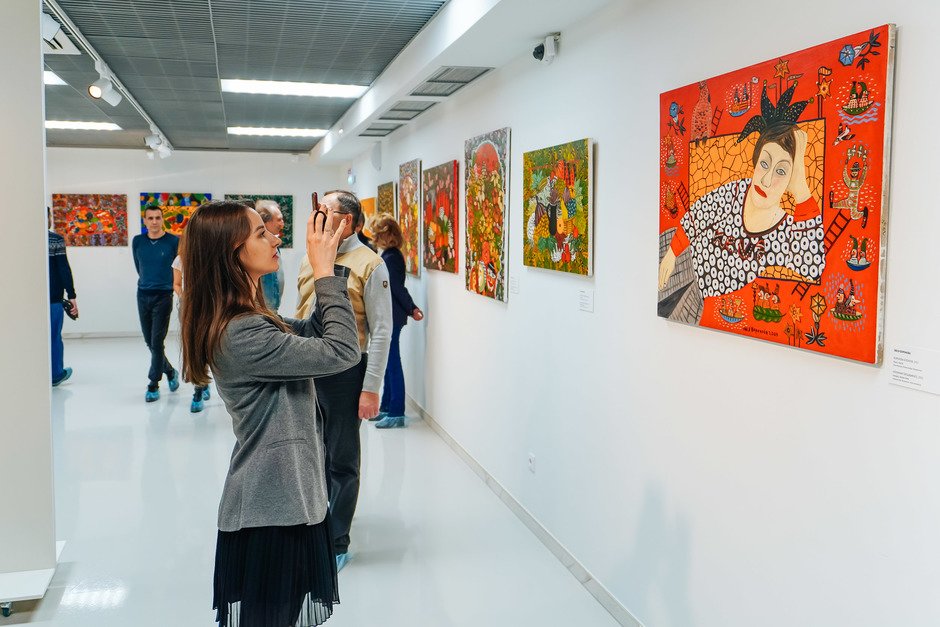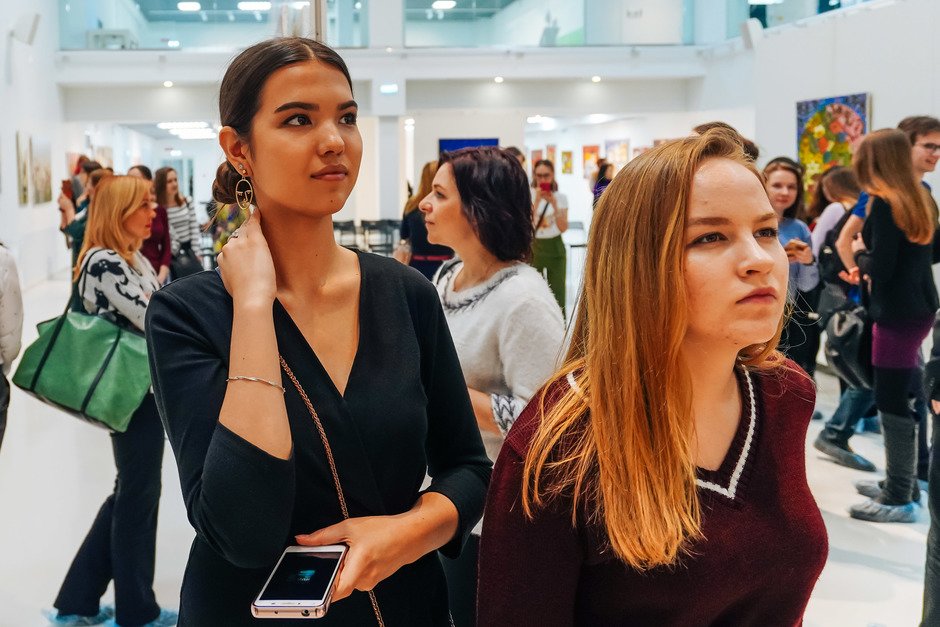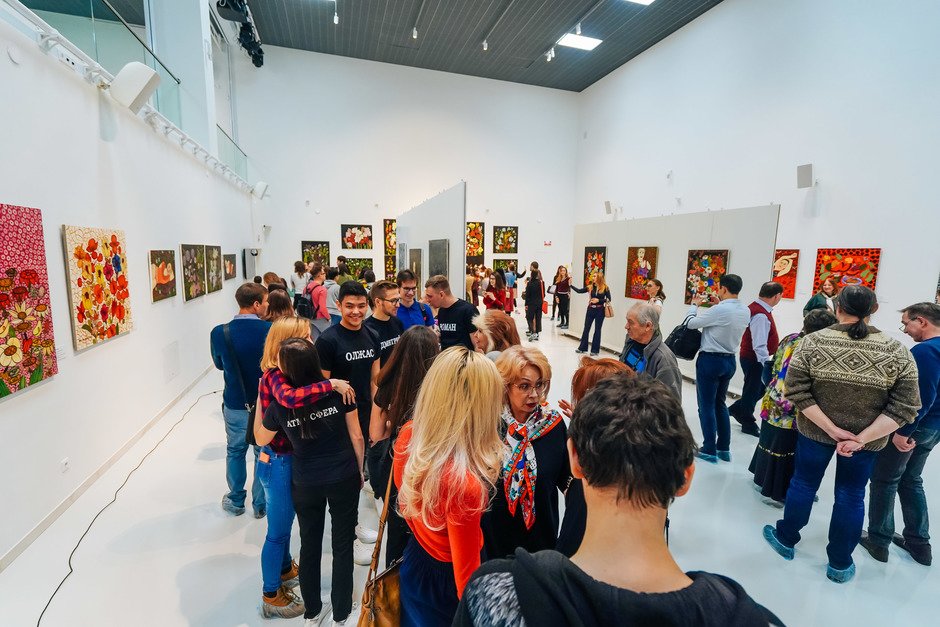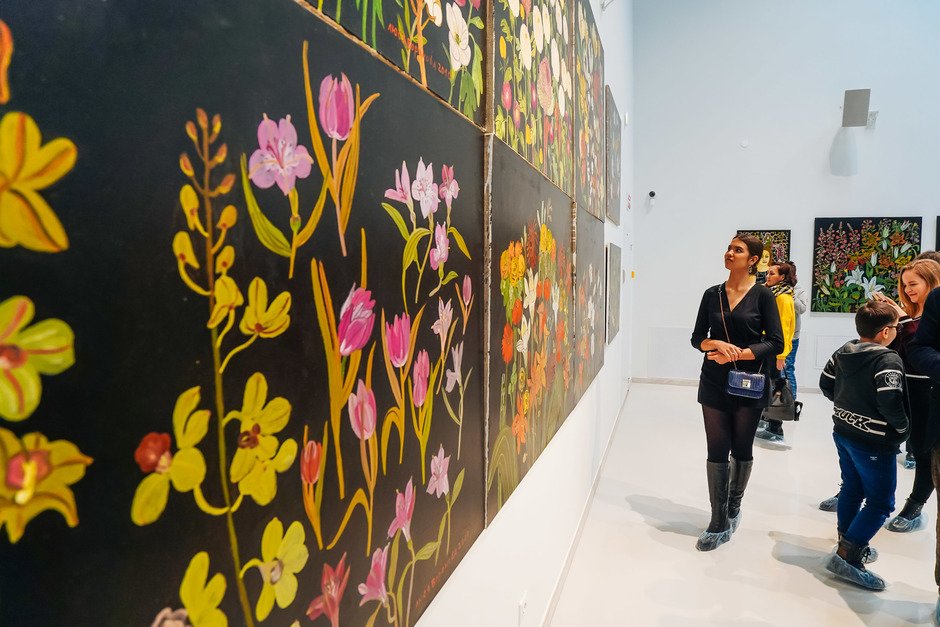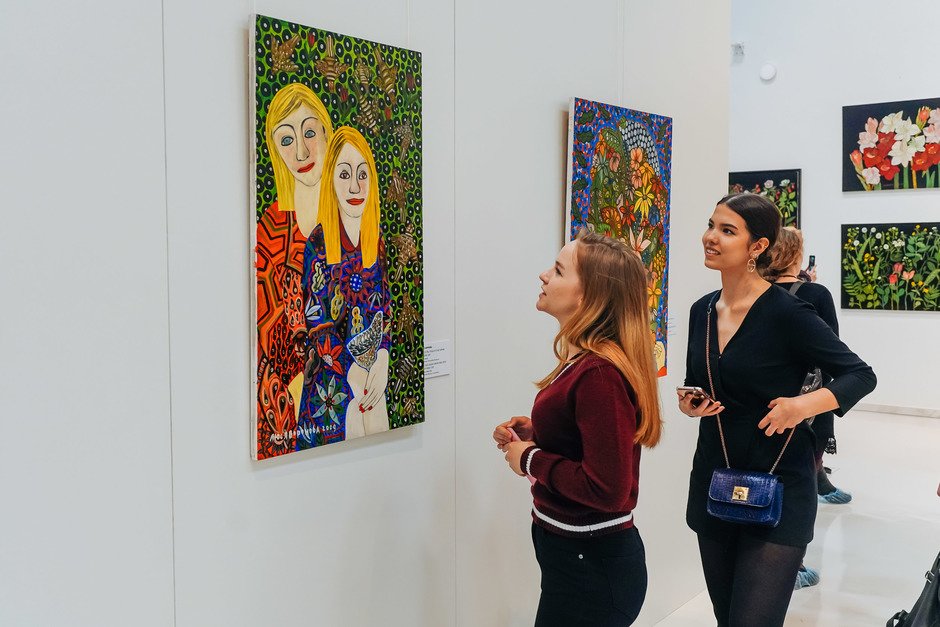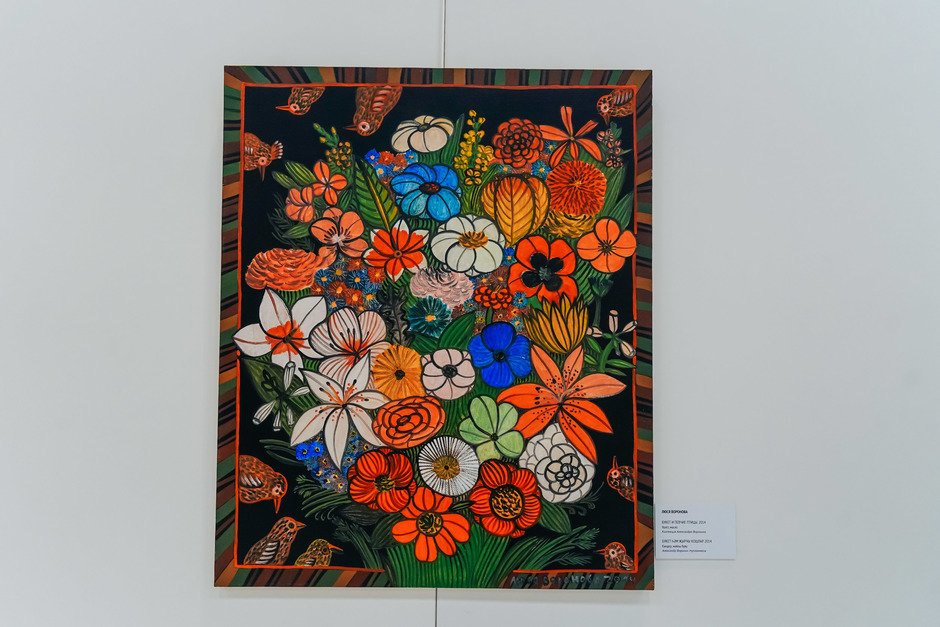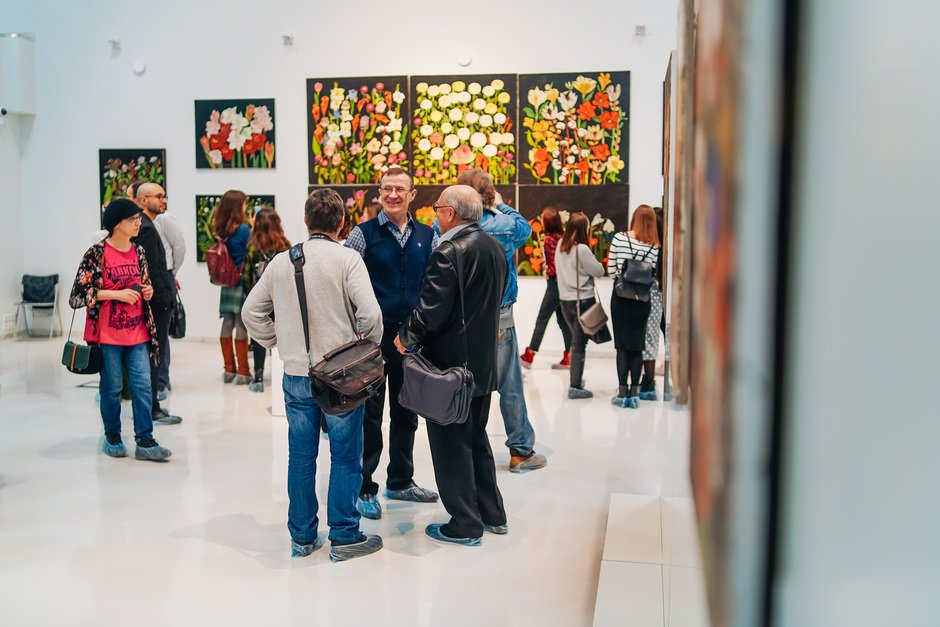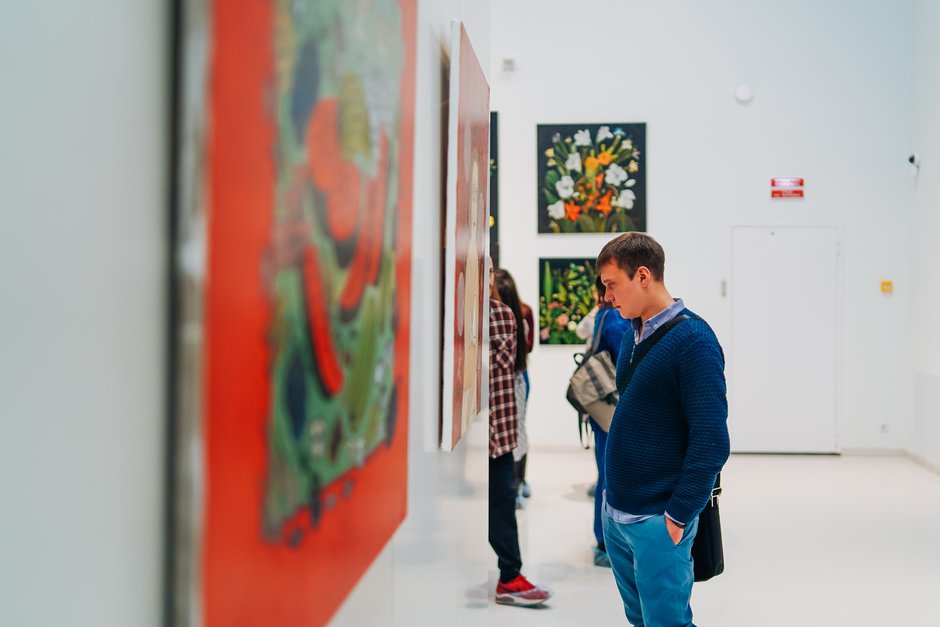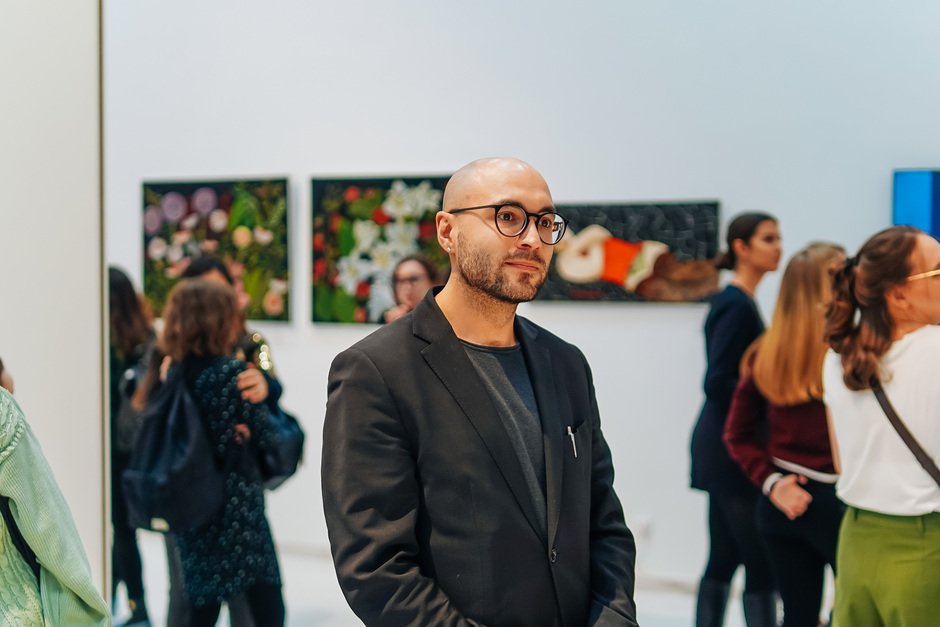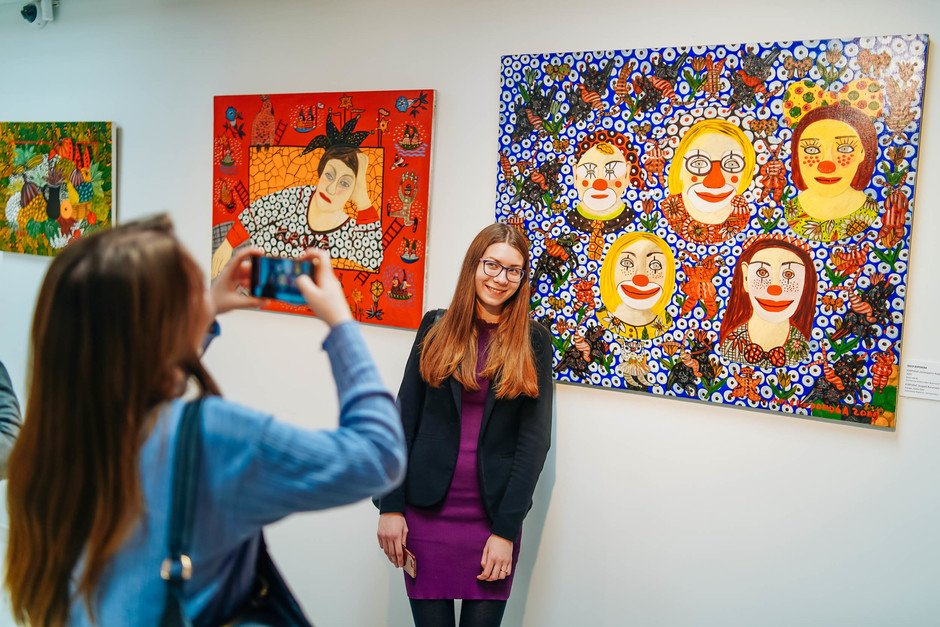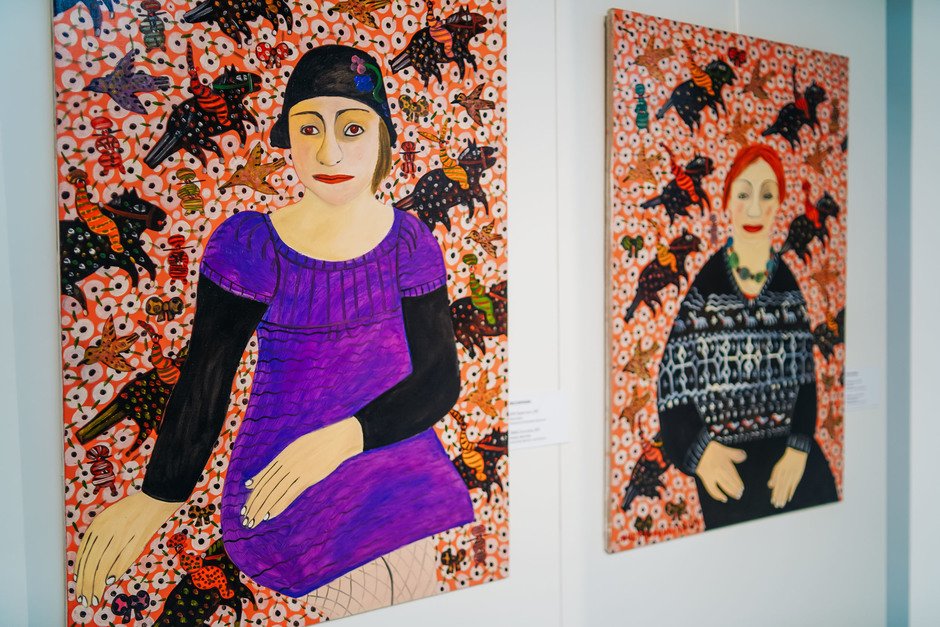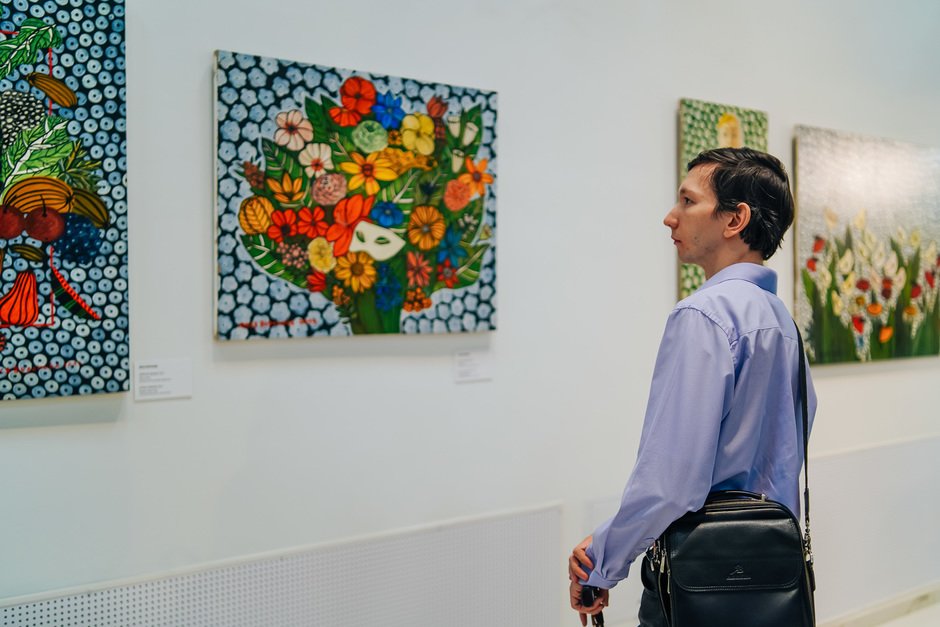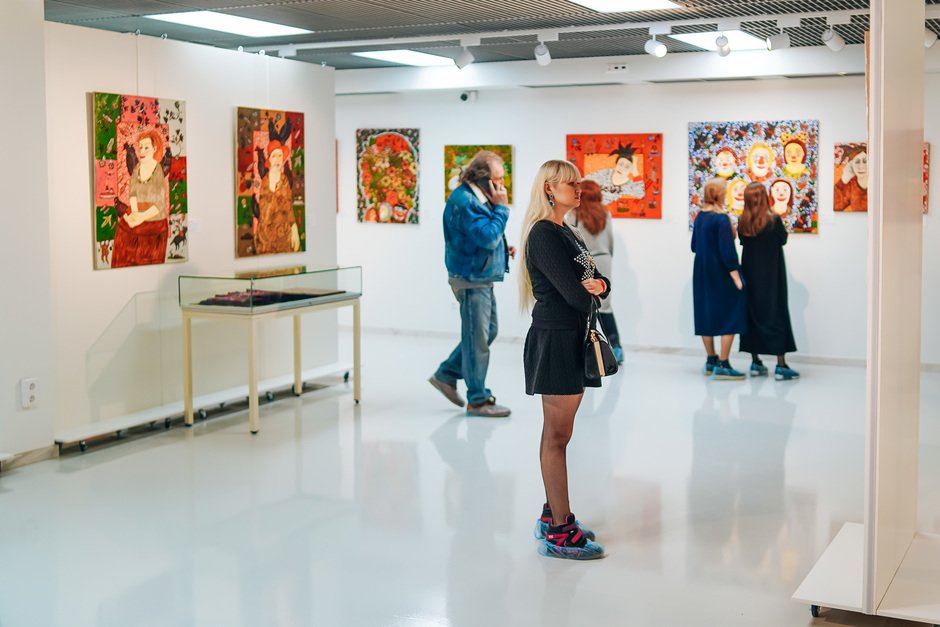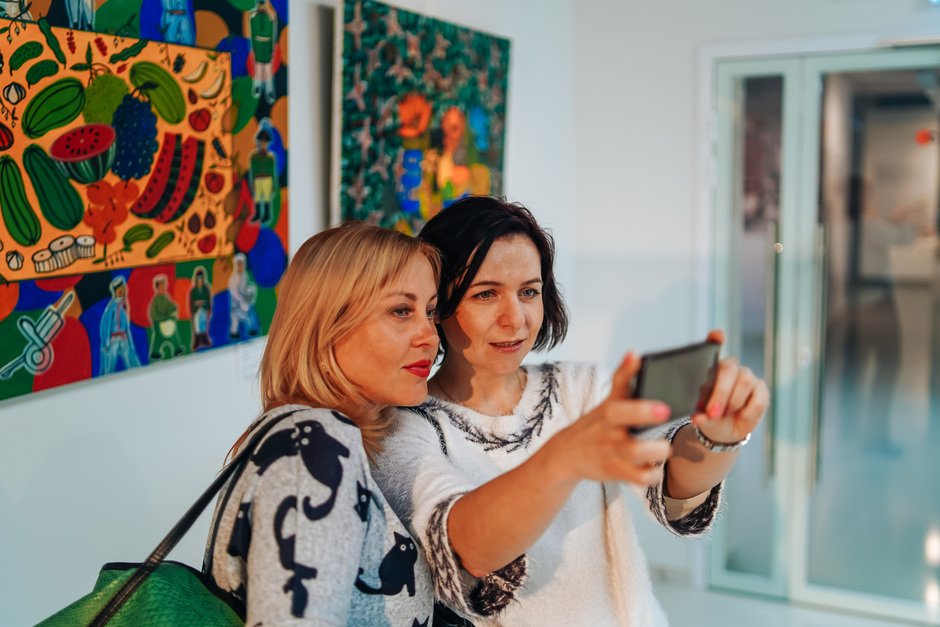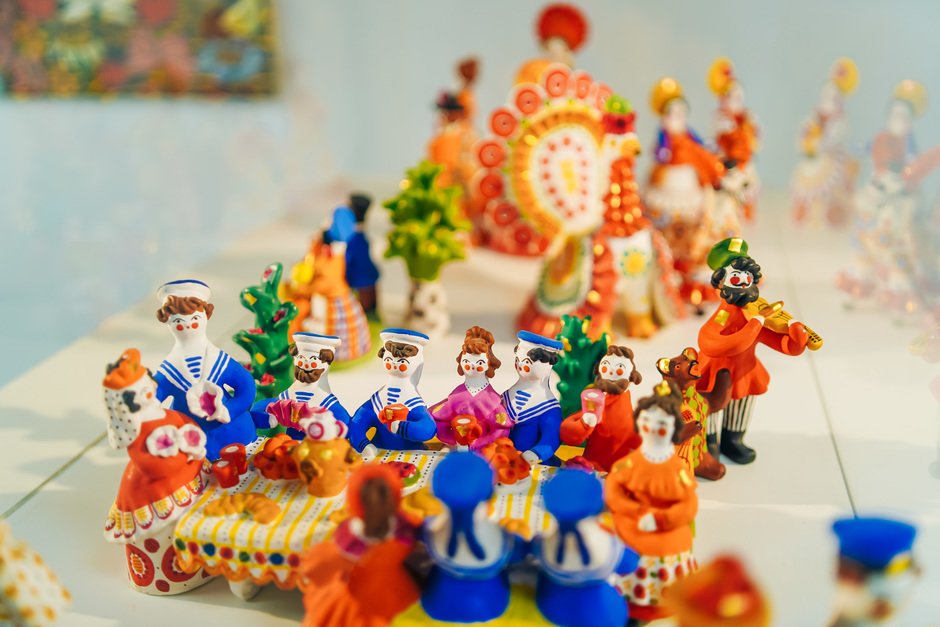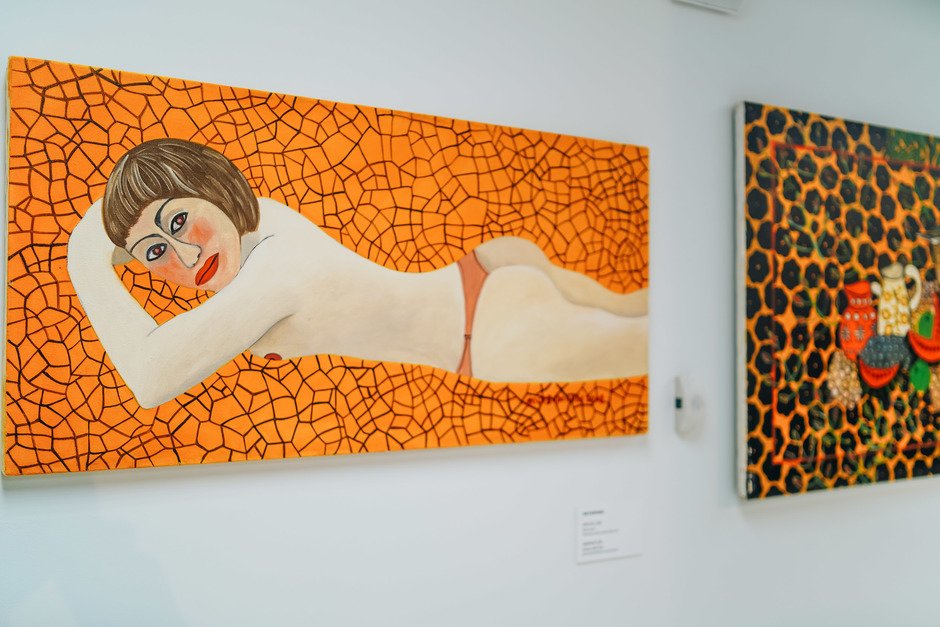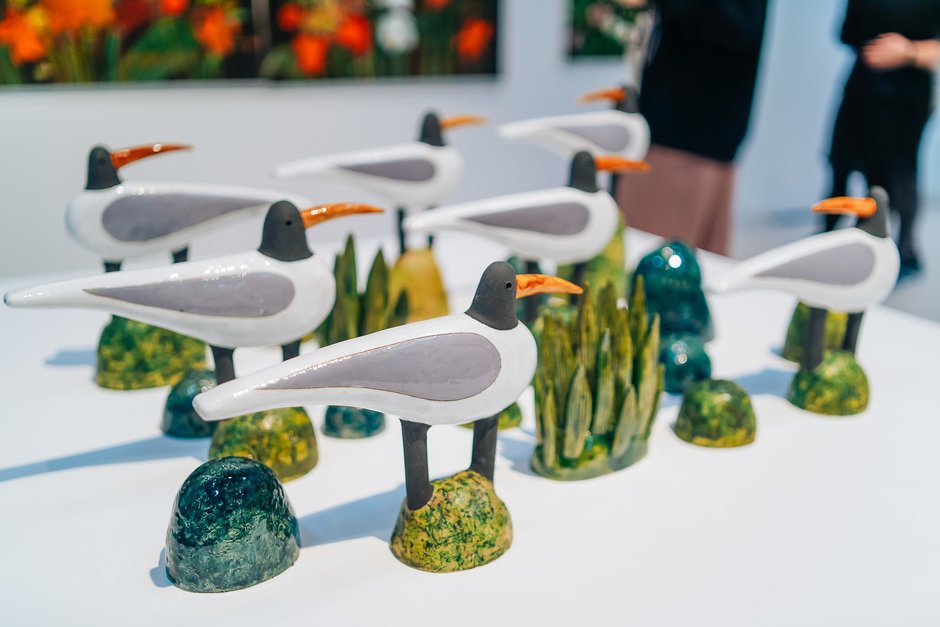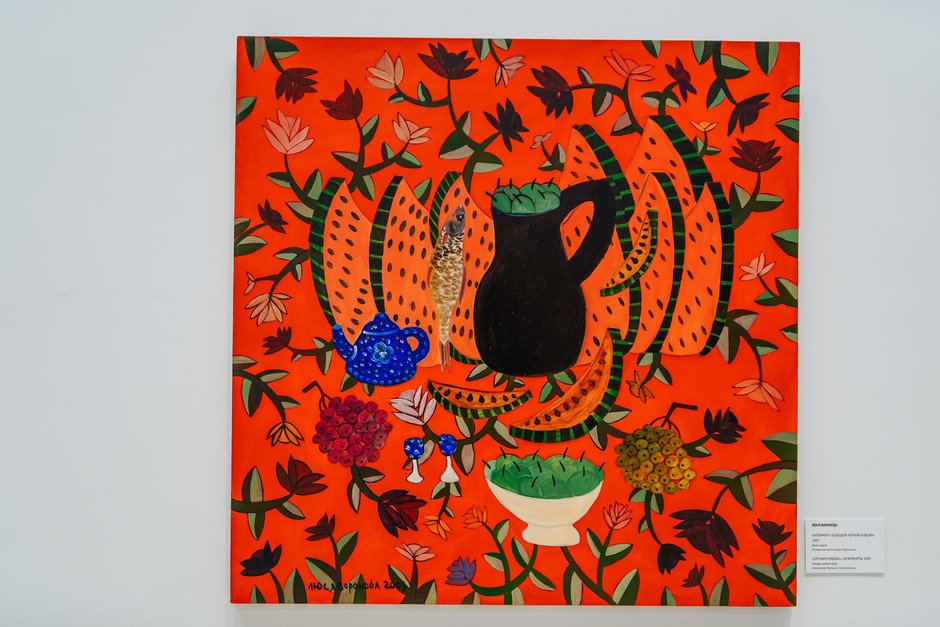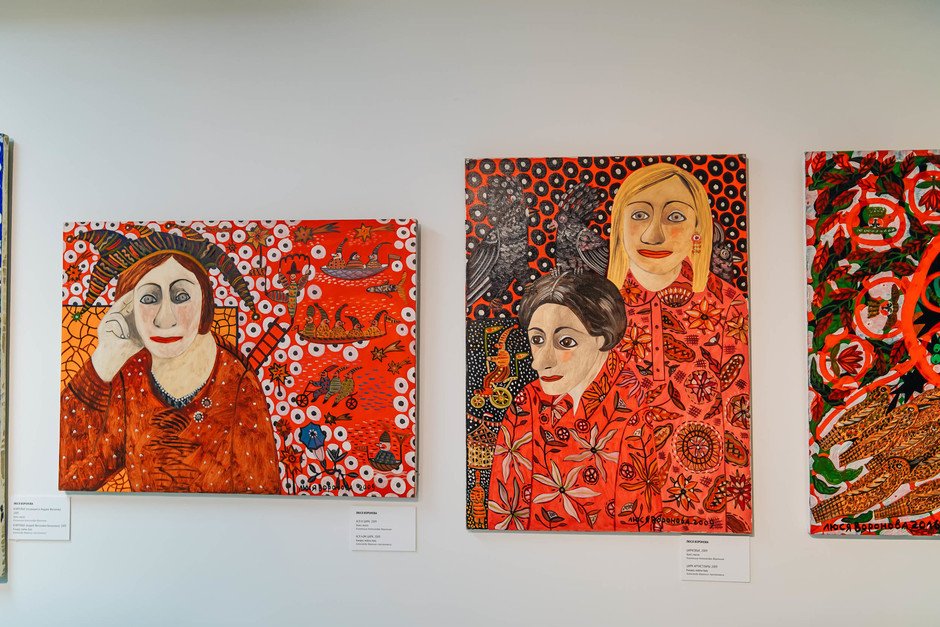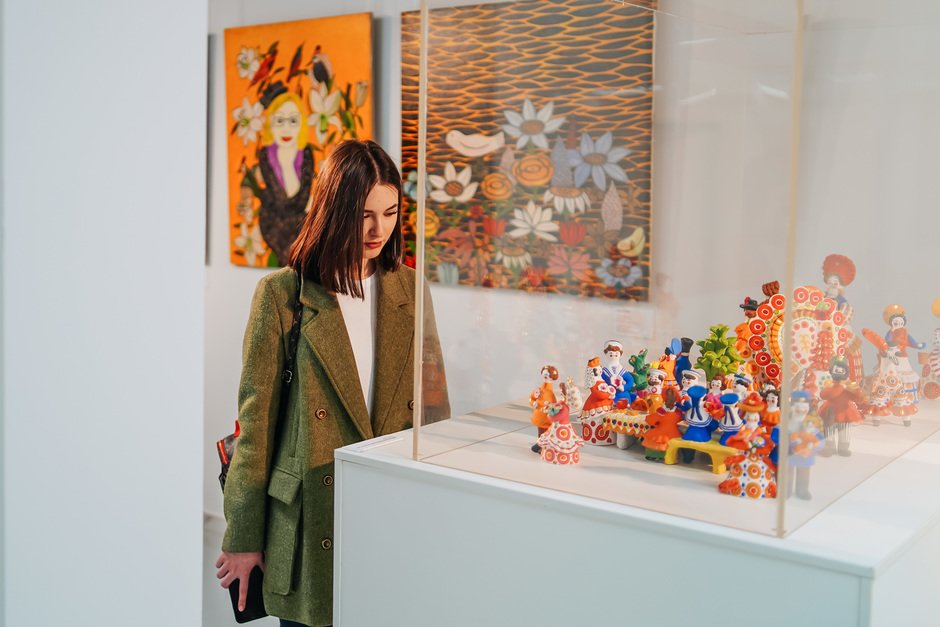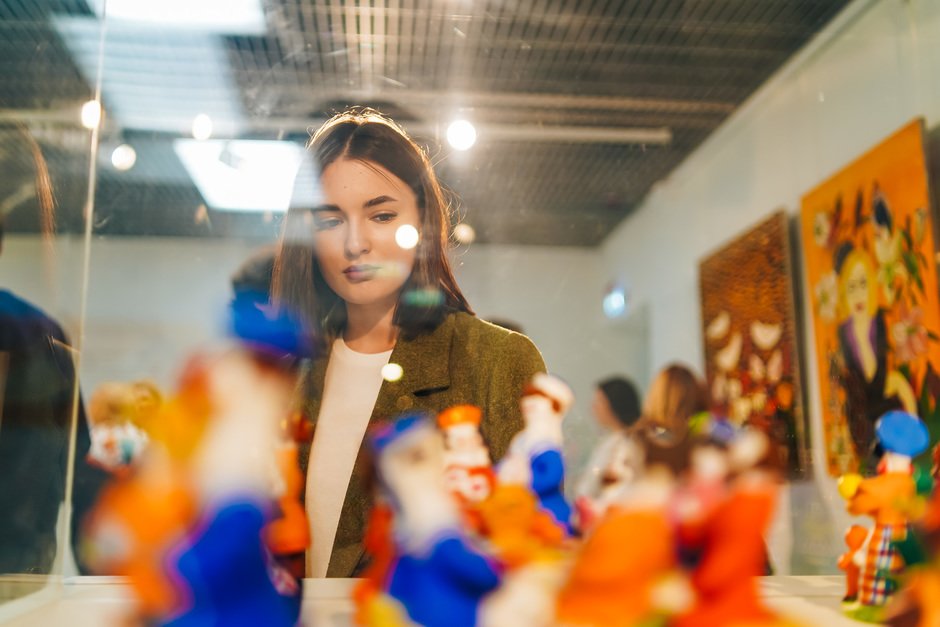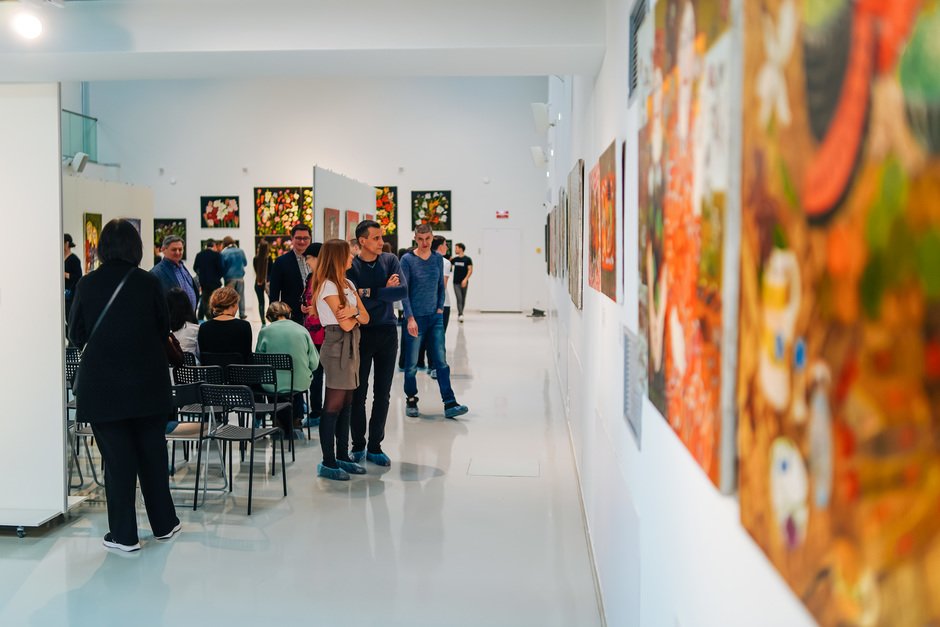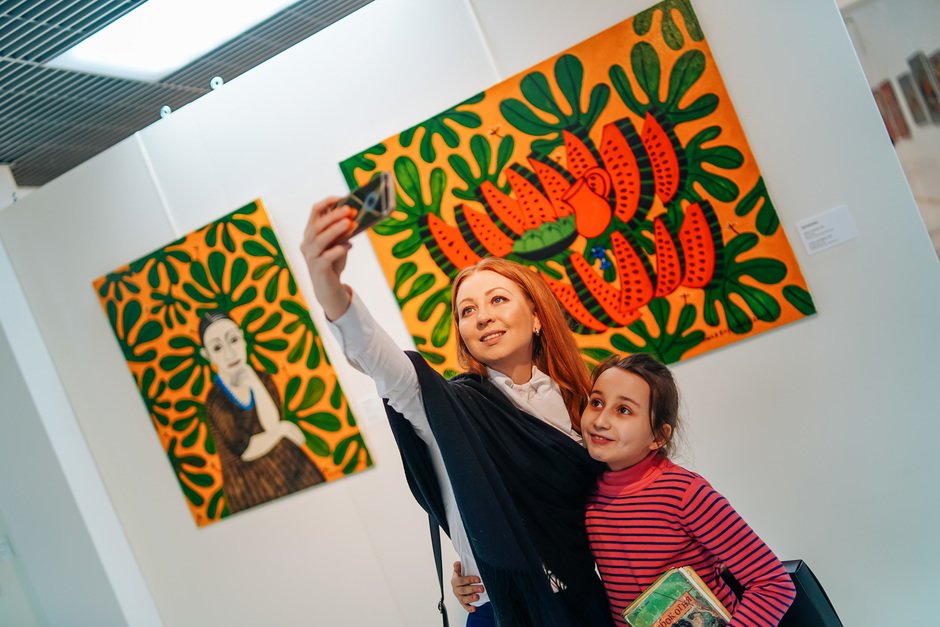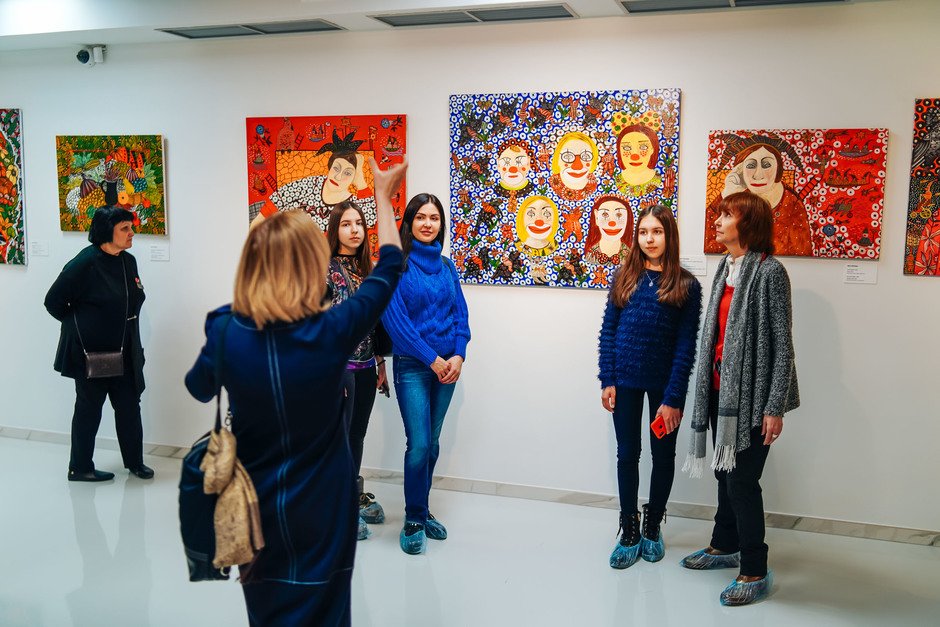Dialogues in free space
The Tatarstan Gallery of Contemporary Art presents a series of exhibitions to citizens of Kazan
The Gallery of Contemporary Art was completely full two evenings in a row – four different but united by some common aesthetic spirit exhibitions opened one after another. Realnoe Vremya gives the details.
In white halls
Once abandoned building of the exhibition hall with a leaking roof and dull walls that was then associated with fairs where one could buy everything – from cheap Greek fur coats to adornments from Turkish bazaars – turned into a stylish gallery with a snow-white interior several months ago.
The goal of the directorate of the Tatarstan State Museum of Fine Arts was linked with reputation – to give the gallery back to the public, make this place trendy to go to. In the past when the long-awaited Exhibition Hall of the Tatarstan Union of Artists opened where one could see works of contemporary authors, visitors went there with pleasure for several years. Especially when expositions within The Big Volga River were exhibited, and one could see works of all Volga masters. The hall's decay and its technical problems began later.
The updated Gallery of Contemporary Art where comfortable space for both expositions and different kinds of projects opened last year as a series of notorious exhibitions such as Igor Vulokh's works and an exhibition dedicated to Andrey Tarkovsky's art.
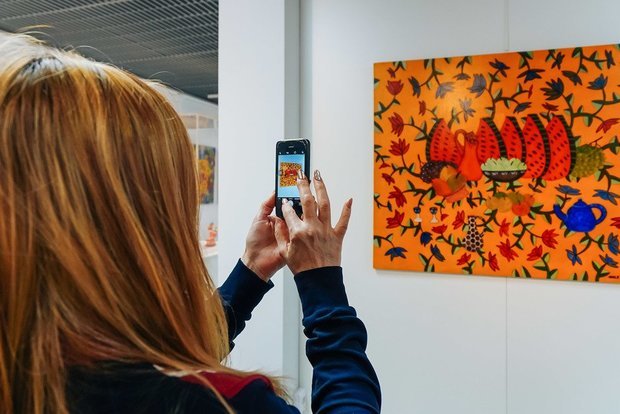
New expositions appeared on all three floors of the gallery this March, a group of expositions that drew the attention of hundreds of people. An exhibition dedicated to avant-garde from a collection of the Tatarstan State Museum of Fine Arts and an exposition of the very interesting artist from Moscow Lyusya Voronova opened on the first evening.
Another two expositions at once opened last Friday – photos of Yevgeny Balashov Photology of Being and a project of Moscow artist Yegor Plotnikov. And if all is clear with Balashov's photos – they are stylish, staged enough and reflect the life of the Kazan ''upper crust'' of the 90s, which is interesting (though the concept of the upper crust is relative in this case), Plotnikov deserves a separate talk.
Photology of Being has quite an interesting layout – photos are ''diluted'' with paintings of Kazan artists of the late last century. The least part of models of the photo master fits the concept of the upper crust. Portraits of artist Gennady Arkhireyev can be probably called the most interesting works, he really left a trace in the Kazan artistic sky.
Not Sviyazhsk
What was written in the press release – that Plotnikov was inspired by a trip to Sviyazhsk – must be forgotten immediately after reading. This project doesn't have that currently fashionable and claimed Moscow artist who was born in depressive Kirov and got a degree in Art there. Neither has it the famous red brick of the Church of the Consolation of All Sorrows nor the Church of Konstantin and Yelena – habitual characteristics of tourist Sviyazhsk. Plotnikov's project isn't about it.
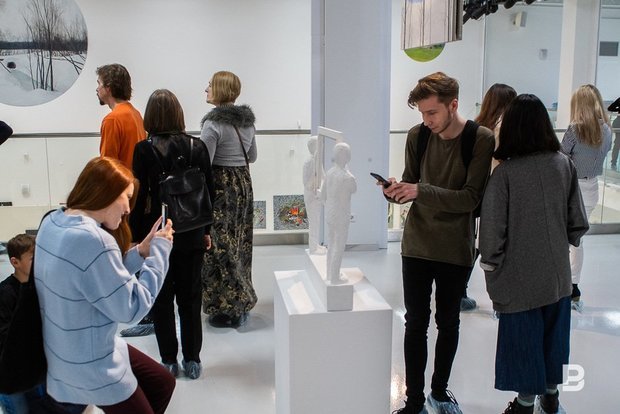
It is about space transferred to museum halls, it is about how a human will interacts with this space. A big canvas created in a related manner with two reigning colours – green and sky-blue – welcomes us from the beginning. The green grass and the sky-blue sky – both are symbols of vastness and freedom. And this all is limited by the museum hall's regulation.
Plotnikov's project is called A Minute Before Waking Up, and the concepts of the real and the unreal shifted there. Real landscapes become relative, while the spectator who gets to this museum space looks at them as if it were two realities. Small white sculptures included in the exposition become some alter ego of the spectator.
Plotnikov's project, of course, isn't habitual for Kazan and a big number of spectators. But one of the gimmicks of the Gallery of Contemporary Art is such creative, provocative projects designed to play with the spectator, get them outside the contemplative comfort zone when one must turn on both the brain and the sixth feeling. Contemporary art is different, it has such areas as well, and one shouldn't be afraid and reject immediately.
Two evenings in the Tatarstan Gallery of Contemporary Art showed that the public remembered the new space well and made themselves at home, it's what the gallery aspired to achieve. But the days and evening of presentations aren't an indicator, sadly. Interest in exhibitions must be kindled on a constant basis. It's what spectators wait from the new gallery.
